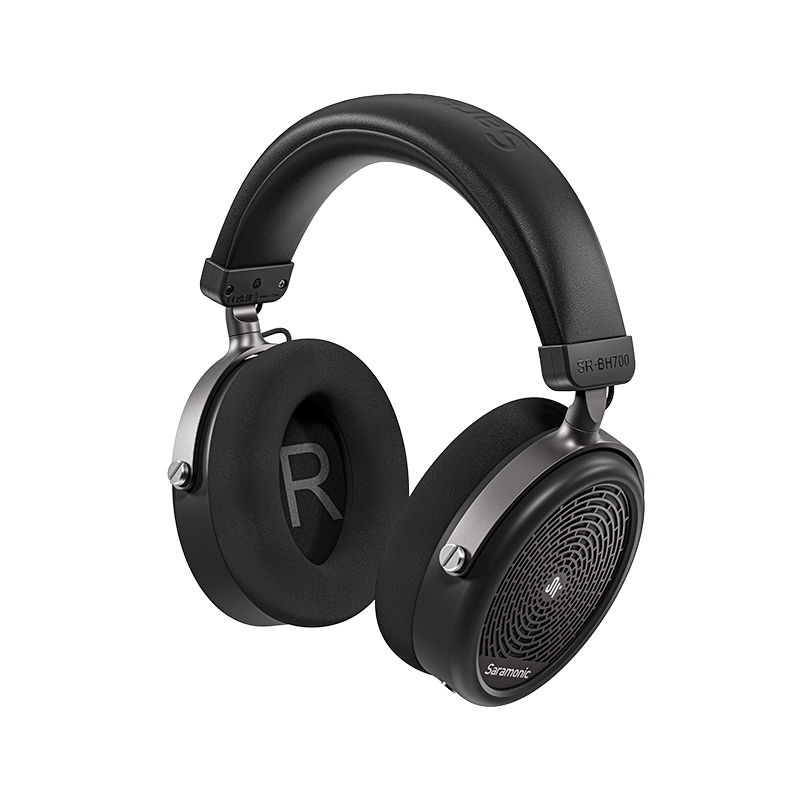When it comes to audio production, the importance of high-quality headphones for monitoring cannot be overstated. Whether you are a musician, sound engineer, or content creator, having the right headphones can significantly enhance your listening experience. This article will explore the essential features to consider when selecting the best headphones for monitoring.

Understanding Headphones for Monitoring
Headphones for monitoring are designed to provide accurate sound reproduction, allowing you to hear every detail of your audio. Unlike regular headphones, monitoring headphones are built to deliver a flat frequency response, which means they do not artificially enhance or color the sound. This characteristic is crucial for mixing and mastering audio tracks.
Key Features to Look For
- Frequency Response: A wide frequency range is essential for monitoring headphones. Look for models that cover at least 20 Hz to 20 kHz to ensure you can hear both low and high frequencies clearly.
- Impedance: The impedance of the headphones affects how they interact with your audio equipment. Low-impedance headphones (around 32 ohms) are suitable for portable devices, while high-impedance models (250 ohms or more) are ideal for studio use.
- Comfort and Fit: Since monitoring sessions can last for hours, comfort is key. Look for headphones with padded ear cups and adjustable headbands to ensure a snug fit.
- Cable Type: Consider whether you prefer wired or wireless headphones. Wired models often provide better sound quality, while wireless options offer more freedom of movement.
Types of Headphones for Monitoring
There are two primary types of headphones for monitoring: open-back and closed-back. Open-back headphones allow air and sound to pass through the ear cups, providing a more natural listening experience. However, they may leak sound, making them less suitable for recording environments. In contrast, closed-back headphones isolate sound effectively, making them ideal for tracking and recording.
Choosing the Right Headphones for Your Needs
When selecting the best headphones for monitoring, consider your specific needs. Are you primarily mixing music, or do you need headphones for video production? If you often work in noisy environments, closed-back headphones may be the better choice. On the other hand, if you value a more open soundstage, open-back models could be more suitable.
Where to Find Quality Headphones for Monitoring
For a wide selection of high-quality headphones for monitoring, visit  . They offer various models tailored to meet the needs of professionals in the audio industry.
. They offer various models tailored to meet the needs of professionals in the audio industry.
Conclusion
In conclusion, investing in the right headphones for monitoring is crucial for achieving the best audio results. By considering factors such as frequency response, comfort, and type, you can make an informed decision that enhances your audio production experience. Remember, the right headphones can make all the difference in how you perceive and create sound.






